Rice is a staple in a lot of cuisines, and it’s one of the most versatile grains out there.
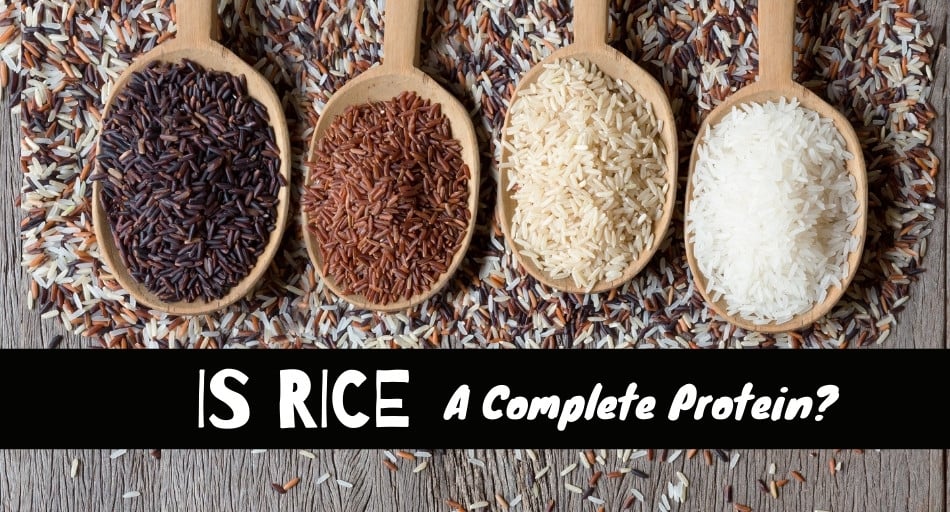
Depending on the kind of rice you choose, you can get lots of vitamins and minerals from it, all of which contribute to good health.
Some whole grains are categorized as “complete protein,” which means that they contain all essential amino acids that your body doesn’t produce. So, this begs the question: Is rice a complete protein?
Table of Contents
Is rice a complete protein?
Rice isn’t a complete protein, as it’s missing several amino acids. This is especially true for white rice, which is already stripped of a lot of nutrients. Because of that, you have to eat rice with some other sources of the missing amino acids to create a complete protein.
Additionally, most store-bought rice, especially the white kind, lacks even more amino acids and nutrients. So, make sure to choose healthier alternatives, such as brown or wild rice.
Why is rice not a complete protein?
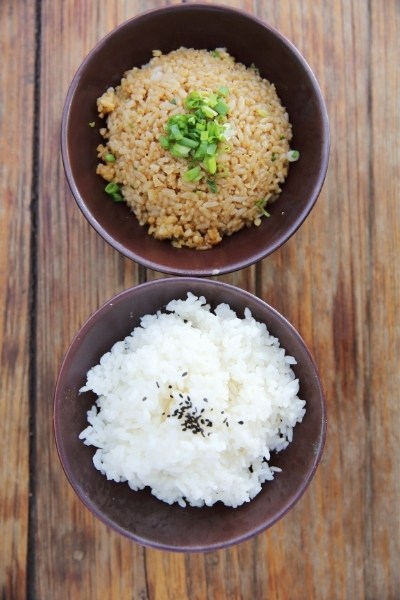
Rice doesn’t contain all essential amino acids in a single serving in adequate amounts. Because of that, it can’t be considered a complete protein on its own.
For example, it’s particularly deficient in lysine, among other amino acids.
There are ways to make a meal with rice that is a complete protein, though. So, make sure to include a wide variety of foods in your diet to ensure that you’re getting all the amino acids that your body needs.
Is rice good for you?
When talking about health benefits, it’s best to look at brown rice. This kind of rice is a whole grain and isn’t stripped from its nutrients, vitamins, and minerals.
Brown rice is a great source of fiber, providing you with 14% of your daily need for this nutrient.
Fiber is important for the health of your digestive system, as it feeds the ‘good’ gut bacteria that keep a healthy gut flora. It also contributes to less frequent acid reflux symptoms.
Some studies also found that the fiber found in whole grains like brown rice can contribute to heart health.
In fact, regularly eating whole grains can greatly lower your risk of coronary heart disease, heart attacks, and other heart diseases.
Because of that, it might be a good idea to consume brown rice on a regular basis.
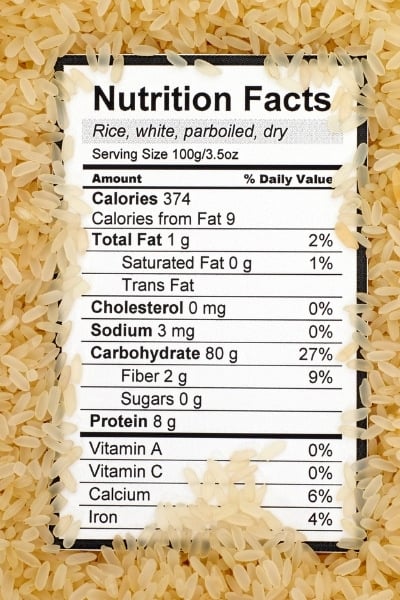
Just one cup of cooked brown rice provides you with all of your daily need for manganese.
This mineral helps your body form connective tissue, bones, blood-clotting factors, and sex hormones. It’s also crucial for normal brain and nerve function as well as cognitive health.
Some other minerals that brown rice contains are magnesium, phosphorus, and iron. All of these boost your immune system, keep your heart healthy, and prevent bone fractures and other bone-related diseases.
Many people are deficient in some of these minerals, so it’s good to consume foods rich in them, such as brown rice.
Brown rice also provides you with a great dose of vitamin B6, which may help improve your mood and reduce the symptoms of depression.
It also helps treat anemia by promoting the production of hemoglobin for your red blood cells. So, it’s an important vitamin to get from your diet.
According to other research, eating brown rice can be beneficial for people with diabetes.
It’s because this whole grain is high in fiber and helps keep your blood sugar levels in check. This can be beneficial for controlling the symptoms of diabetes and preventing this condition in other individuals.
Brown rice is also gluten-free, so it’s a perfect choice for people with gluten intolerance or celiac disease.
What’s more, it might be a better option for people with certain autoimmune diseases, as gluten-free foods seem to improve the symptoms of some of them.
Is brown rice a complete protein?
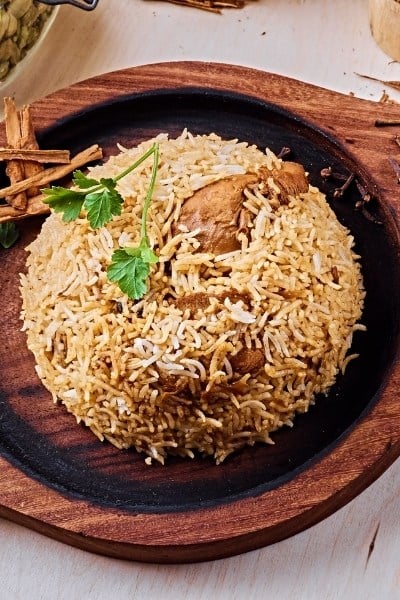
Brown rice is significantly more nutritious than white rice. It provides you with 4.5 g of protein in a one-cup serving, but it’s not a complete protein as it doesn’t contain lysine.
Because of that, to make brown rice a complete protein, eat it with lysine-rich foods, such as red meat, pork, cheese, cod, soybeans, or eggs.
If you eat your brown rice with any of these foods, you can create a nutritionally balanced meal that’s also a complete protein.
Is wild rice a complete protein?
Wild rice, just like all other types of rice, isn’t a particularly good source of protein (it contains around 6.5 g in a one-cup serving).
But unlike other rice types, wild rice contains all nine essential amino acids, making it a complete protein.
What’s more, wild rice is much higher in fiber and several other micronutrients than white and brown rice.
Because of that, if you’re looking to consume the healthiest type of rice, it might be best to choose wild rice.
How can you make rice a complete protein?
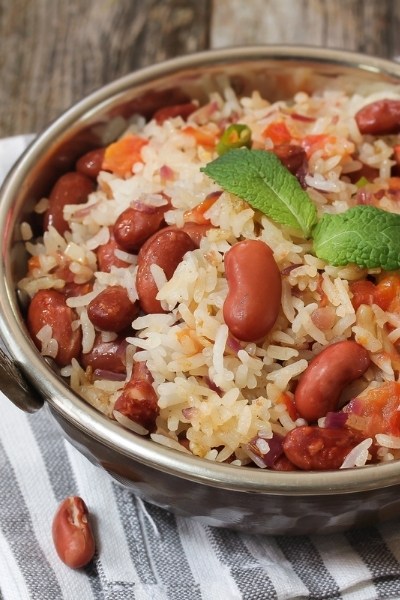
The most common and easy way to create a complete protein with rice is to add some beans to it. Whether you prefer black beans, kidney beans, or white beans, they all contain the missing amino acids, thus creating a wonderfully healthy complete protein.
You can also serve rice with lentils and peanuts and still achieve the same result.
When doing that, though, remember to choose either enriched white rice or brown rice. This is important as regular white rice is stripped of most of its nutrients, minerals, and vitamins. So, it’s not only unhealthy but also low in protein and amino acids.
Conclusion
On their own, white rice and brown rice aren’t complete proteins. Because of that, you have to eat them with some healthy foods containing the missing amino acid, including beans, red meat, or eggs.
One type of rice is a complete protein, and that is wild rice. It has a slightly different flavor than the commonly sold varieties, but it’s still very nutritious.
At the end of the day, make sure to follow a healthy, balanced diet, and you’ll be sure to get all the amino acids your body needs.
Sources: Nutrition Data, PMC, National Library of Medicine
